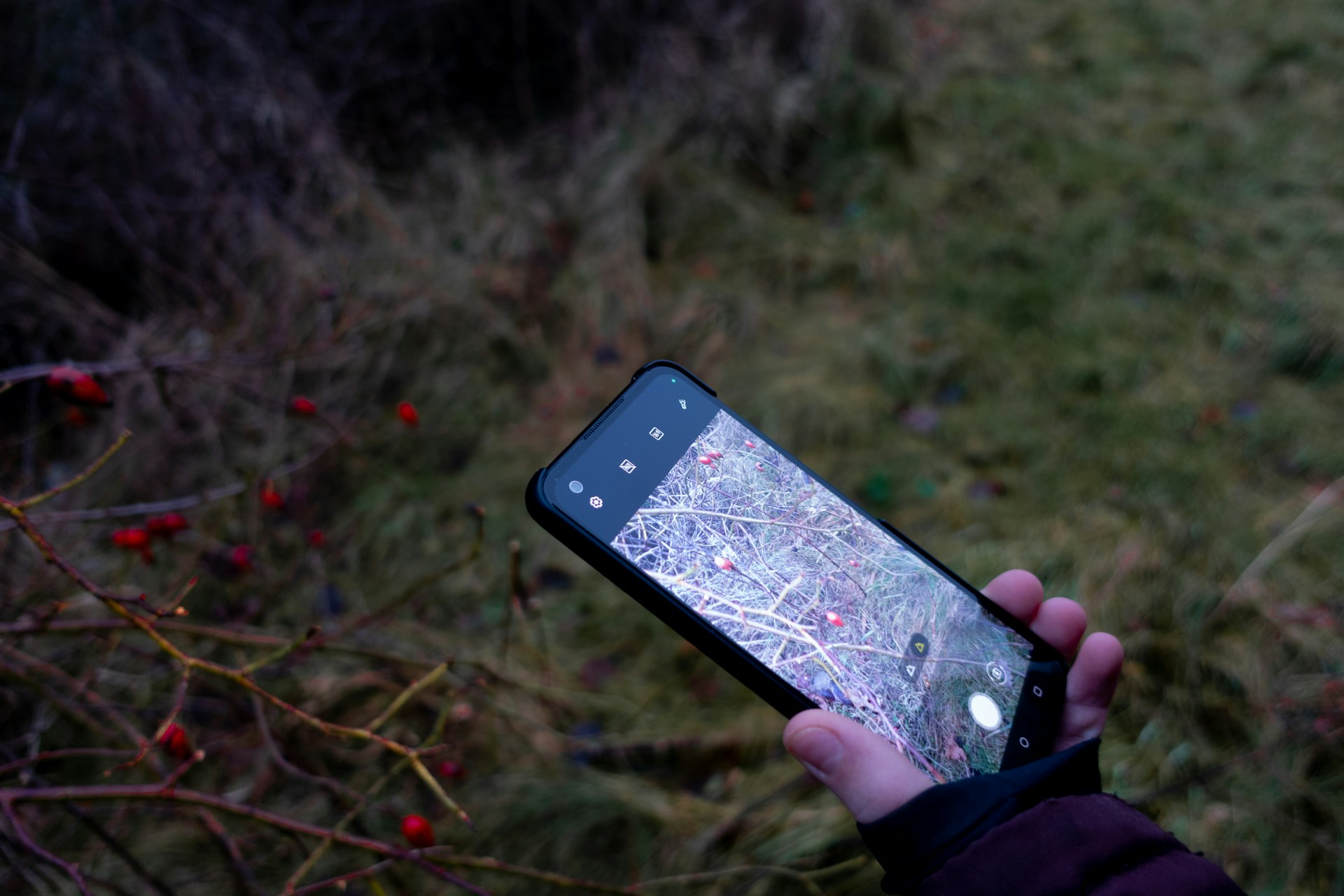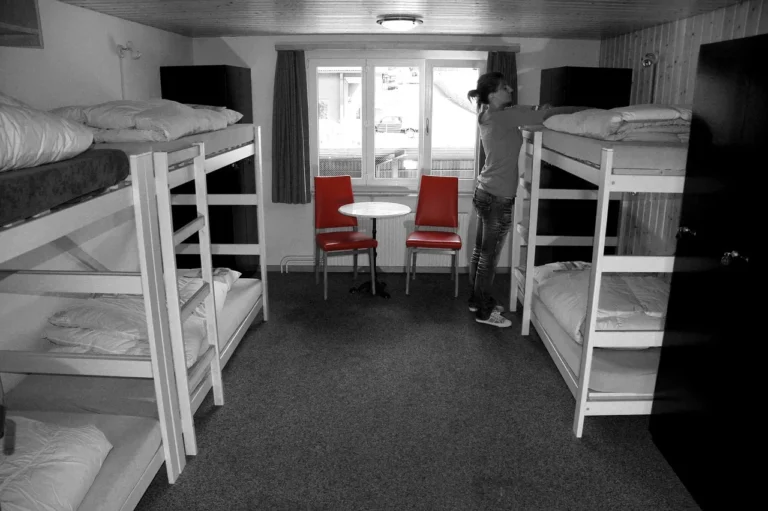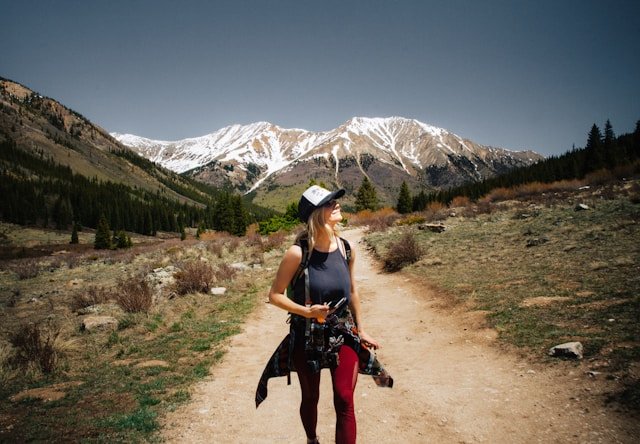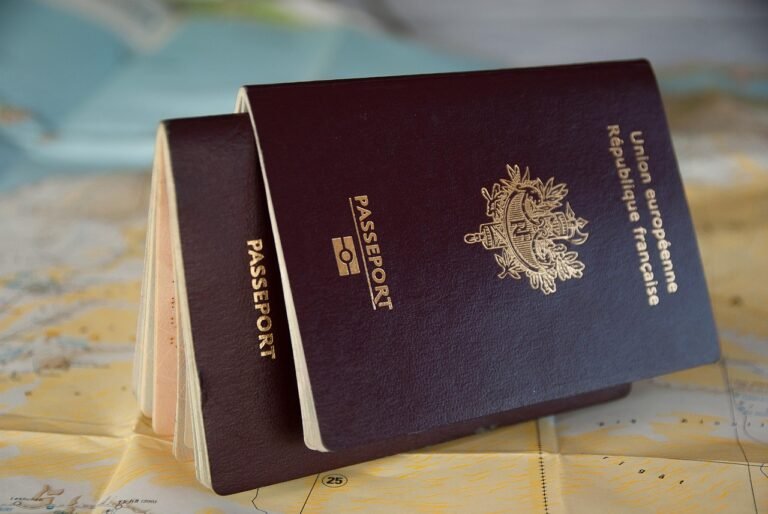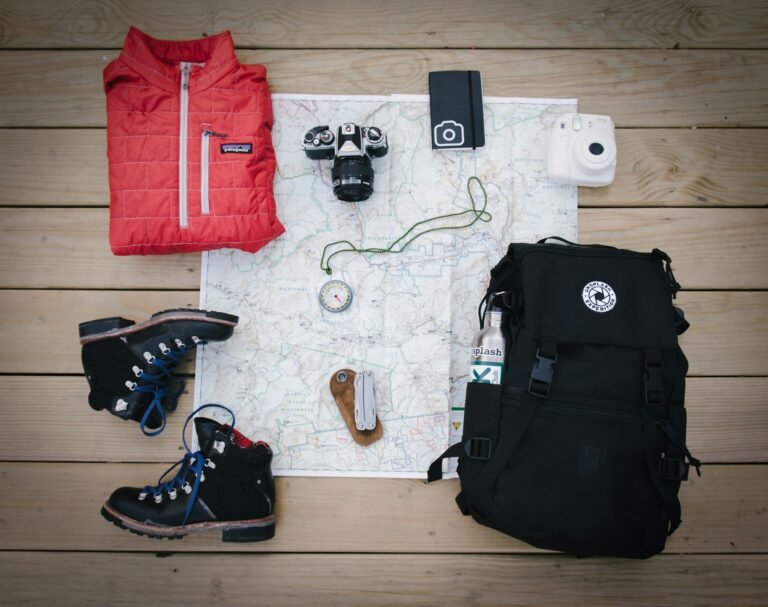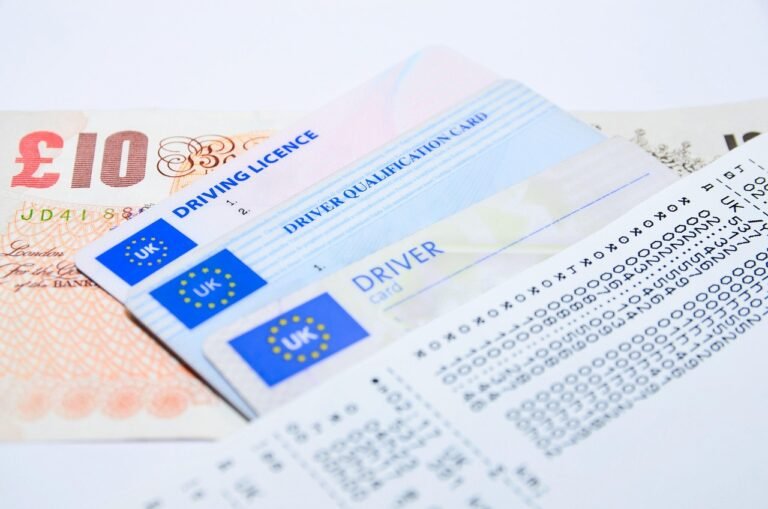I still cringe when I think about it. There I was, sitting in a “traditional” Italian restaurant just off St. Mark’s Square in Venice, paying €22 for a mediocre plate of pasta while being serenaded by an accordion player wearing a comically exaggerated outfit. The waiter, clearly exhausted from dealing with hundreds of tourists that day, barely acknowledged me as he slapped down my overpriced meal. The couple next to me—Germans, I think—were quietly calculating the bill with looks of horror on their faces.
That was my first real encounter with a tourist trap, and I swore it would be my last.
We’ve all been there—standing in endless lines, overpaying for underwhelming experiences, and walking away feeling like we’ve seen nothing authentic about the place we traveled thousands of miles to visit. After a decade of travel writing and making every mistake in the book, I’ve developed a sixth sense for spotting these tourist traps before they drain my wallet and my enthusiasm.
What Exactly Is a Tourist Trap? (And Why They’re Not Always Bad)
Let’s get something straight: not every popular attraction is a tourist trap. The Louvre deserves its crowds. The Grand Canyon lives up to the hype. What makes something a true tourist trap is the gap between expectation and reality, combined with artificial inflation of prices simply because they can get away with it.
Tourist traps typically share a few common characteristics:
- Prices that make locals laugh (or cry)
- Staff who clearly don’t want to be there
- An experience that feels manufactured rather than authentic
- A bizarre concentration of souvenir shops selling identical junk
- Menus with pictures and translations in six languages
But here’s where it gets tricky—sometimes, the cheesy, over-the-top tourist experience is part of the fun. I’ll never forget giggling with my sister as we posed for ridiculous photos at the Leaning Tower of Pisa, both of us fully aware of how cliché we were being. Sometimes embracing the absurdity is its own kind of authentic travel experience.
How to Research Like a Local (Before You Even Pack)
The absolute best defense against tourist traps begins before you even leave home. When planning my trip to Lisbon last year, I spent more time in Reddit threads and following Portuguese Instagram accounts than I did looking at official tourism websites.
Digital Sleuthing Beyond TripAdvisor
While TripAdvisor can be helpful, it’s often dominated by other tourists who might not know any better than you do. Instead:
- Join Facebook groups dedicated to the destination; lurk for a while before asking questions
- Search location tags on Instagram to see where locals are actually hanging out
- Look for blogs written by expats living in your destination city (they know the tourist traps but also understand what visitors are looking for)
- Download apps like HappyCow or TheFork that locals actually use instead of just tourist-focused apps
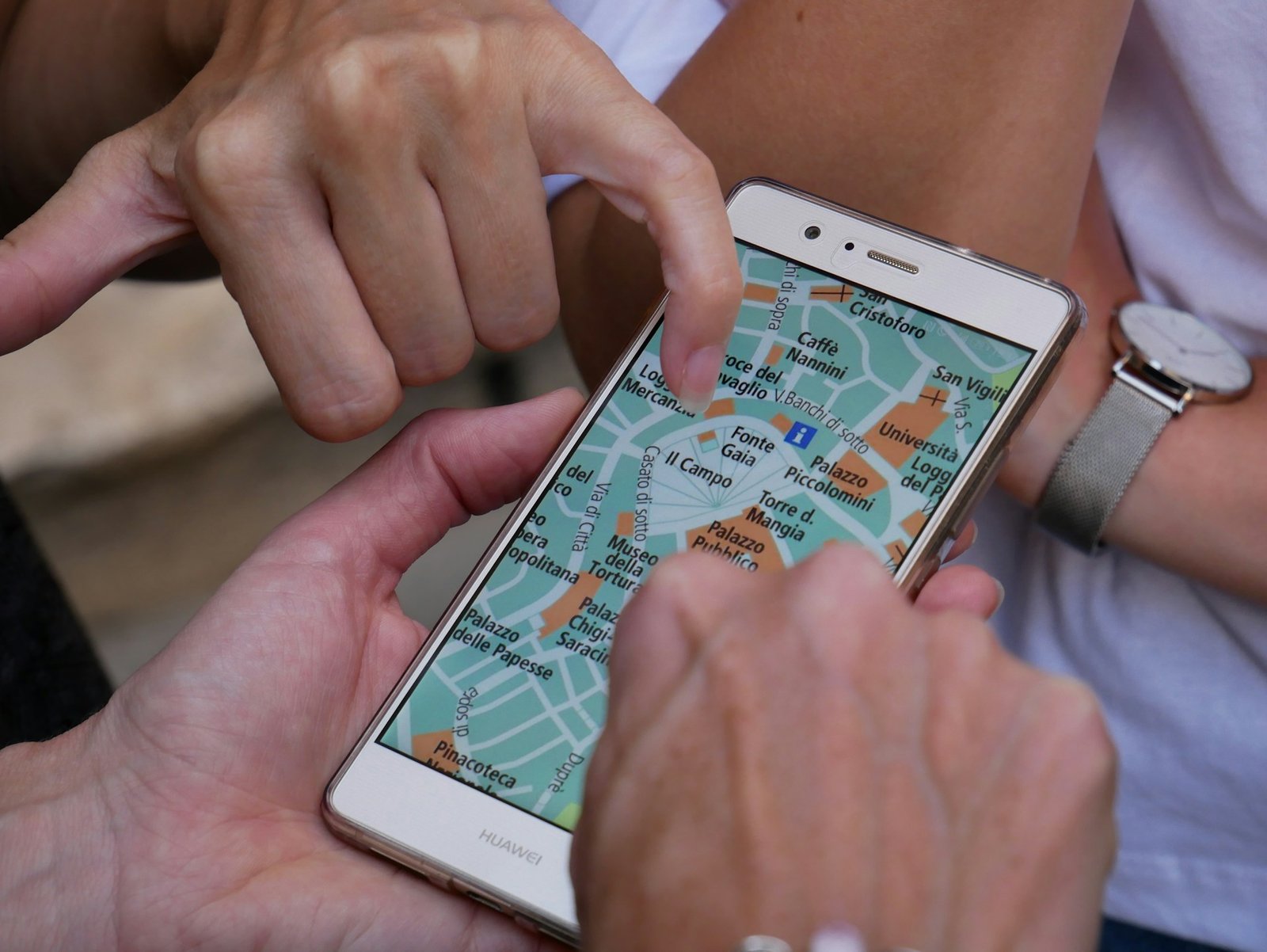
I once found an incredible hole-in-the-wall seafood joint in Barcelona because I noticed it kept appearing in the background of local food bloggers’ Instagram Stories—never as the feature, just casually there. That place had no English menu, terrible lighting, and the best paella of my life for half the price of the tourist-oriented restaurants.
Timing Is Everything: When to Visit Popular Attractions
Sometimes it’s not about avoiding the major sights—it’s about knowing when to visit them.
When I finally made it to the Sagrada Familia in Barcelona (after putting it off for years because of the crowds), I booked the first entry slot on a Tuesday in November. The difference was staggering. Instead of being shoulder-to-shoulder with other tourists, I had entire sections where I could stand alone, gazing up at the kaleidoscope of light filtering through Gaudí’s stained glass in reverent silence.
Strategic Timing Approaches:
- The Early Bird Method: Arrive at major attractions 15-30 minutes before opening time. You’ll likely be among the first inside.
- The Late Lunch Advantage: While everyone else is having lunch (typically 12-2pm), major sites often see a dip in visitors.
- The Last Call Technique: Go an hour before closing—most tour groups are gone by then.
- The Off-Season Gamble: Visiting Prague in February meant I had Charles Bridge almost to myself—sure, it was cold, but watching the sunrise over the Vltava River without a single selfie stick in sight was magical.
I’ve used this strategic timing approach for everything from the Colosseum to the Louvre, and it works almost every time. The experience transforms from stressful to spiritual when you’re not competing with hundreds of other visitors.
Transportation Hacks: Don’t Get Taken for a Ride
Nothing says “tourist trap” quite like overpriced transportation. I still remember my first taxi ride from the airport in Paris, where the driver took the scenic route and charged me nearly €80 for what should have been a €50 trip.
Avoiding Transportation Tourist Traps:
- Research standard rates before arriving
- Download local ride-share apps before your trip (sometimes Uber isn’t the dominant one)
- Learn the basic public transit routes, especially airport-to-city connections
- If taking a taxi, indicate you know the route or have Google Maps open visibly
- Ask your accommodation for specific advice about local transport
In Istanbul, I watched in amazement as a hotel concierge firmly negotiated with a taxi driver on my behalf, getting him to turn on the meter (which he’d claimed was “broken”). The difference in treatment when locals advocate for you is night and day.
Eating Like You Live There
Food tourist traps might be the most painful—both for your wallet and your culinary experience. That restaurant with the host outside trying to coax you in? The place with “AUTHENTIC LOCAL CUISINE” plastered on the window? The menu with pictures of the food? Red flags, all of them.
Finding Authentic Food Experiences:
- Look for restaurants where you hear the local language being spoken
- If the menu is translated into more than two languages, be skeptical
- Restaurants on main squares or directly opposite major attractions typically prioritize turnover over quality
- Be willing to eat during local hours (late dinner in Spain, early dinner in Germany)
- Don’t be afraid of places that look unimpressive from the outside
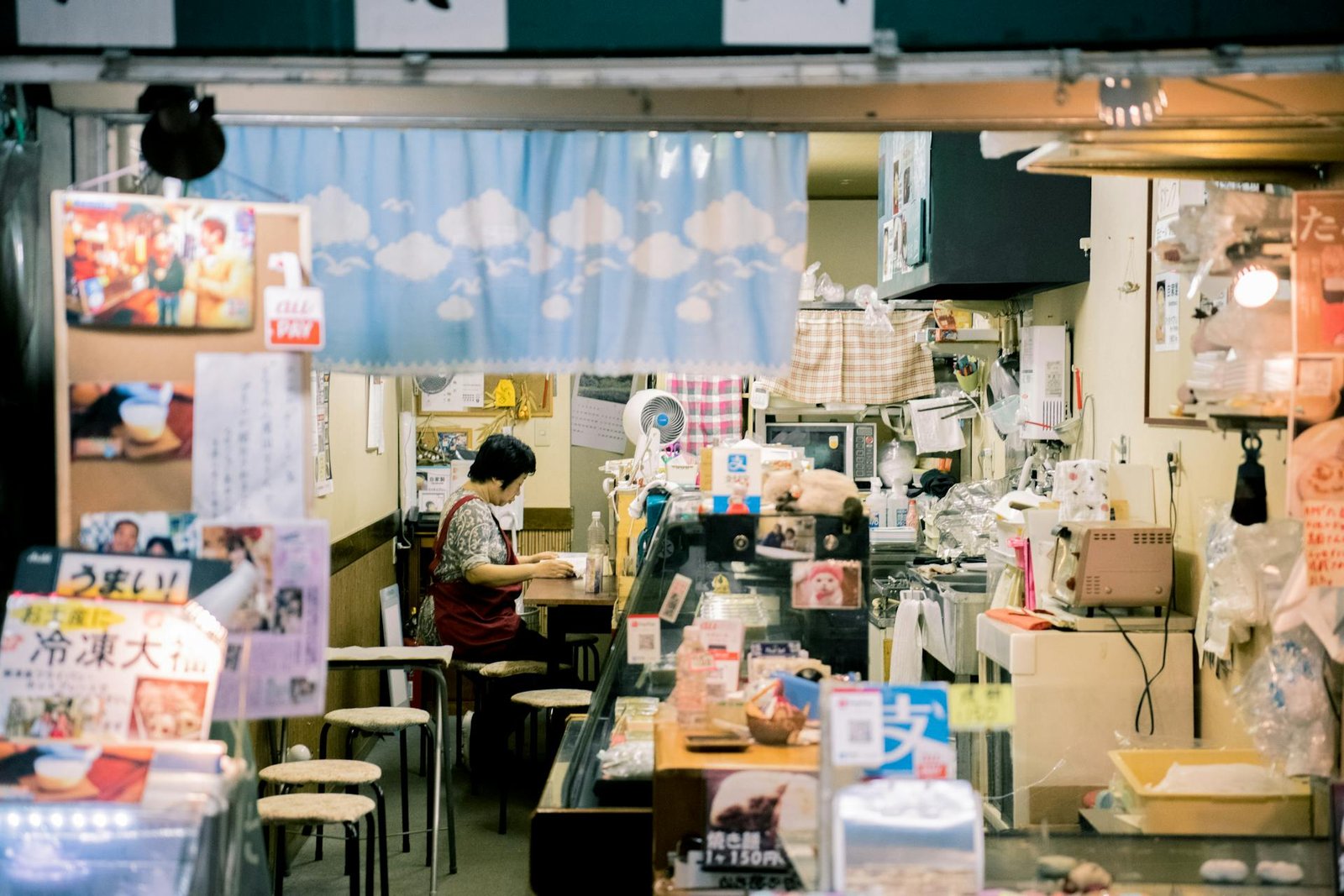
My rule of thumb: if the place looks like it wouldn’t survive without repeat business from locals, it’s probably good. Some of my best meals have been in restaurants that I initially walked past because they looked too plain or simple.
The Art of Getting Deliberately Lost
My favorite travel strategy doesn’t involve research at all—it’s the art of the purposeful wrong turn. Some call it “getting lost,” but I prefer to think of it as “exploratory detour-ing.”
In Kyoto, after visiting the overwhelmingly crowded Fushimi Inari Shrine, I deliberately took a random turn down a residential street, then another, and another. Twenty minutes later, I found myself at a tiny neighborhood shrine with not another tourist in sight. An elderly caretaker saw me admiring the moss-covered stone lanterns and motioned me over to show me how to properly cleanse my hands and offer a prayer. That 30-minute interaction taught me more about Shinto practices than any guided tour could have.
How to Get Productively Lost:
- Choose a neighborhood that’s safe but not on the main tourist circuit
- Walk 3-4 blocks away from any major attraction before beginning your wandering
- Look for places where locals are going about their daily routines
- Be open to unexpected interactions, but respectful of private spaces
- Drop a pin on your phone map so you can always find your way back
The key is to wander with purpose—I’m not suggesting aimless drifting, but rather intentional exploration away from the established tourist routes.
Making Friends with Locals
Nothing will transform your experience faster than connecting with a local. The challenge, of course, is making these connections in an authentic way.
I’m naturally shy, so this was always tough for me until I discovered that shared interests create instant bonds. In Munich, I joined a Saturday morning running group I found on Meetup. By kilometer three, I was chatting with a German software engineer who later invited me to a neighborhood beer garden I never would have found on my own. The next day, he texted me directions to his favorite dumpling shop run by a Chinese family in their apartment building—definitely not in any guidebook.
Finding Local Connections:
- Take a cooking class, join a workout group, or attend a language exchange
- Use apps like Meetup or Eventbrite to find local events
- Stay in accommodation with communal spaces (hostels aren’t just for 20-year-olds anymore)
- Be genuinely curious about people’s lives without treating them like exhibits
- Offer something in return—cultural exchange should go both ways
These connections don’t just help you avoid tourist traps; they often become the highlight of your trip altogether.
Using Technology Wisely
While I’m advocating for authentic experiences, I’m not suggesting you throw your smartphone into the nearest canal. Technology, used strategically, can be your best defense against tourist traps.
Google Maps now has a feature that shows popular times for attractions, helping you identify when crowds are thinnest. Apps like TooGoodToGo help you find local restaurants offering discounted food at the end of the day. Even Google Translate’s camera feature has saved me from ordering something deeply regrettable in countries where I don’t speak the language.
The trick is using technology as a tool for discovery rather than following it blindly. When that restaurant has 4.8 stars but something feels off when you arrive, trust your instincts over the algorithm.
Finding the Balance: When Tourist Spots Are Worth It
Let’s face it—some “tourist traps” are popular for good reason. I would never suggest skipping the Eiffel Tower, the Colosseum, or the Taj Mahal just because they’re crowded.
The key is being selective and intentional. For every famous attraction you visit, balance it with an experience off the beaten path. I call this my “one-for-one rule”—for every major site, I find one neighborhood, restaurant, or experience that isn’t in the guidebooks.
In practice, this might mean visiting the Prado Museum in Madrid in the morning, but spending your afternoon in a neighborhood like Lavapiés, wandering through street art and popping into locally-owned shops.
Recommended Resources for Authentic Travel
Here are some tools, websites, and resources I’ve found invaluable for avoiding tourist traps and finding authentic experiences:
Travel Planning Tools
- Culture Trip – culturetrip.com – Neighborhood guides written by local writers
- Atlas Obscura – atlasobscura.com – Unusual and obscure attractions you won’t find elsewhere
- Spotted by Locals – spottedbylocals.com – City guides curated by residents
- Eater – eater.com – Detailed food guides for major cities with local expertise
- Google Maps Lists – Create custom maps with locals’ recommendations before your trip
Local Experience Platforms
- Withlocals – withlocals.com – Private tours and experiences with local hosts
- EatWith – eatwith.com – Dining experiences in locals’ homes
- Meetup – meetup.com – Find events and groups based on shared interests
- Airbnb Experiences – airbnb.com/experiences – Activities designed and led by locals
- Context Travel – contexttravel.com – Deep cultural tours led by academics and specialists
Apps Worth Downloading
- Google Translate – Essential for communication beyond tourist areas
- TooGoodToGo – Find discounted meals from local restaurants
- Citymapper – Public transportation routes like a local would take
- HappyCow – Find local vegetarian and vegan options beyond the tourist zones
- Rome2Rio – Compare transportation options beyond the obvious
Travel Gear for Blending In
- Bellroy Travel Wallet – bellroy.com – Stylish, secure storage for documents
- Decathlon Compact Travel Towel – decathlon.com – Pack light like a savvy traveler
- Moleskine City Notebooks – moleskine.com – For analog note-taking and recommendations
- Trtl Pillow – trtltravel.com – Sleep on transportation without screaming “tourist”
- Pacsafe Metrosafe Anti-Theft Backpack – pacsafe.com – Secure without looking like a traditional money belt
The Final Word: Authenticity Takes Effort
Avoiding tourist traps isn’t just about saving money—it’s about having a more meaningful travel experience. It requires research, flexibility, and sometimes stepping outside your comfort zone.
Not every “hidden gem” will live up to expectations. I’ve followed locals’ recommendations to restaurants where I couldn’t read the menu and didn’t enjoy the food. I’ve wandered down promising side streets only to find nothing of interest. That’s part of the adventure.
But for every disappointment, I’ve had a dozen magical moments that would never have happened had I stuck to the typical tourist circuit. That family-run taverna in Crete where the owner’s mother emerged from the kitchen to teach me how to properly eat snails. The tiny jazz club in Harlem where I ended up chatting with a saxophonist who’d played with Miles Davis. The sunrise hike in Slovenia where a local farmer invited me in for fresh cheese and homemade schnapps.
These experiences weren’t in any guidebook. They weren’t recommended by TripAdvisor. They happened because I was willing to look beyond the obvious, to be curious, to take chances, and sometimes, to be comfortably lost.
Travel, at its best, should transform us. It’s hard to be transformed while standing in a two-hour line for an overpriced attraction. So next time you travel, by all means, see the famous sights—but save time and space for the unexpected detours. That’s where the real magic happens.
FAQs About Avoiding Tourist Traps
How do I know if a restaurant is a tourist trap?
Look for telltale signs: menus with photos of the food, staff outside trying to lure you in, translations in multiple languages, and a location very close to major attractions. Also be wary if you don’t see or hear any locals dining there.
Are free walking tours worth it or are they tourist traps?
Free walking tours can be excellent introductions to a city, but remember they operate on tips. Research the company beforehand, look for smaller group sizes, and companies that employ local guides with genuine knowledge.
How can I visit popular attractions without the crowds?
Visit early in the morning, late in the afternoon, or during shoulder season. Many attractions also offer timed entry tickets that can be booked in advance to avoid queuing.
What’s the best way to find authentic local food?
Ask locals like hotel staff, shop owners, or people you meet where they eat. Look for restaurants filled with locals, not tourists. Also consider food markets and street food where locals shop and eat.
Is it worth visiting tourist attractions at all?
Absolutely! Popular attractions are usually famous for good reason. The key is to visit them mindfully—perhaps at off-peak hours—and balance them with less-known experiences.
How do I avoid being overcharged as a tourist?
Research typical prices beforehand, learn basic negotiation phrases in the local language, don’t show expensive items obviously, and ask locals what prices should be for common items.
What’s the best way to get local recommendations?
Social media groups, reddit forums like r/travel or city-specific subreddits, connecting with locals through apps like Meetup, or simply striking up conversations with people you meet during your trip.
Are group tours always tourist traps?
Not necessarily. Small group tours with specialized focuses (like food, architecture, or history) led by knowledgeable locals can provide insights you wouldn’t get on your own. Research the company and read reviews carefully.
How can I blend in more as a traveler?
Observe local dress codes, learn basic phrases in the local language, walk with purpose rather than stopping to check maps constantly, and avoid wearing obvious “tourist” items like fanny packs or clothing with your home country’s flag.
Are lesser-known attractions always better than famous ones?
Not always. Some lesser-known places might be underwhelming, while many famous attractions are genuinely worth seeing. The key is making informed choices rather than automatically avoiding anything popular.

